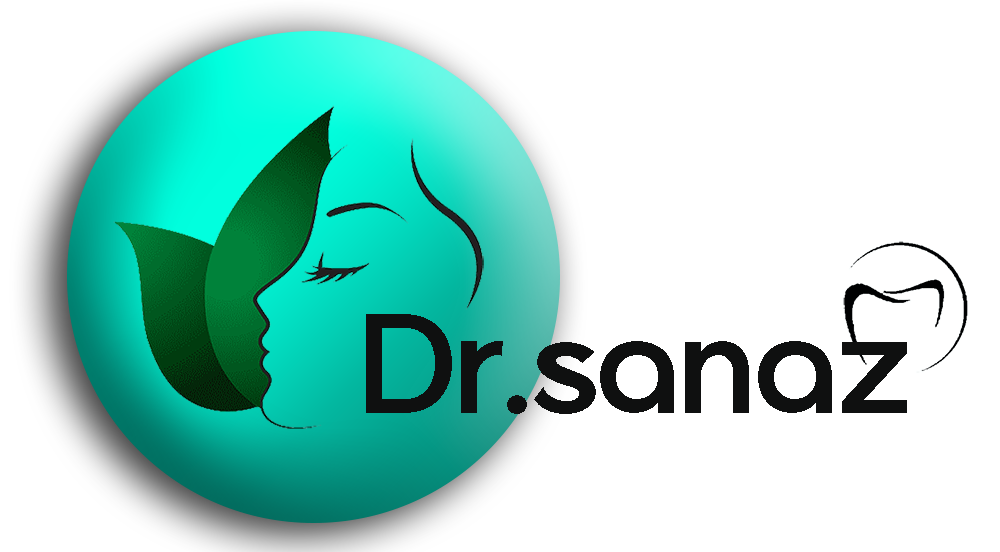
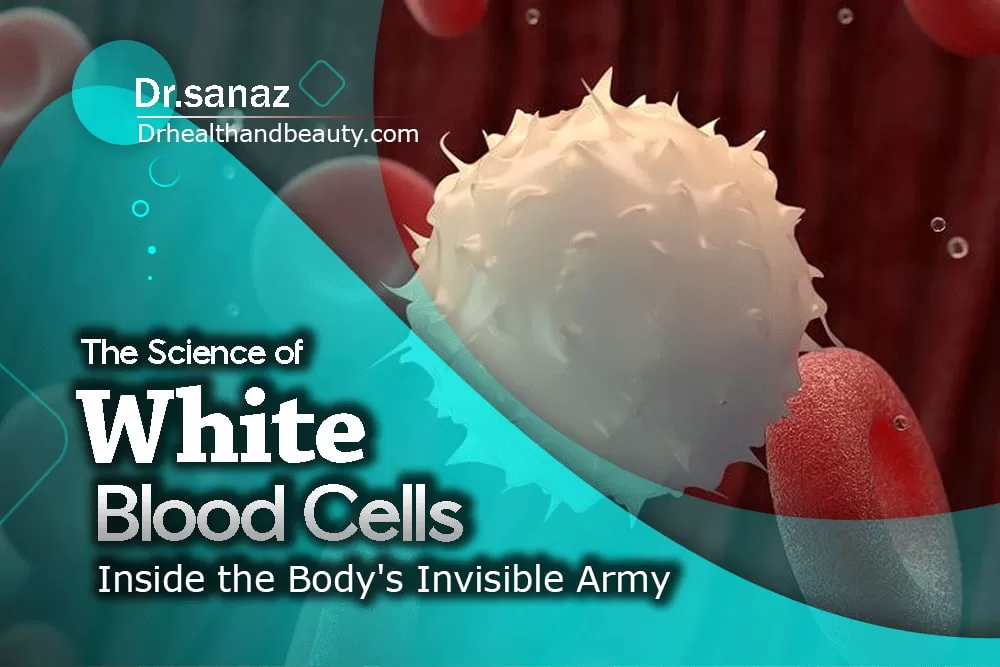
The Science of White Blood Cells: Inside the Body's Invisible Army
Table of Contents
White Blood Cell or (WBC) which is also called “Leukocyte” is one of the cellular components of blood that does not have hemoglobin, unlike red blood cells. The white blood cell is a nucleated cell and has the ability to move.
White blood cells (WBCs) are part of the body’s immune system.
They help fight infection and defend the body against other external substances.
Indeed these cells protect the body against pathogenic and external agents and cancer cells, and dead and damaged cells are removed from the body by these cells.
Blood is made up of red blood cells, white blood cells, plasma, and platelets. Although white blood cells are only about 1% of the total blood cells in humans, their impact is significant.
White blood cells have different types and different functions depending on their type. Some are involved in identifying intruders. Some kill harmful bacteria. Others make antibodies to protect your body from exposure to bacteria and viruses.
They are also known by other names, which include:
Leukocyte Differential Count
Peripheral Differential
WBC Count Differential
Diff
Blood Differential
Differential Blood Count
CBC with Diff

How is it works?
White blood cells due to constant fighting against external agents are considered the cells of the immune system.
In this way that they are moved throughout the body through the bloodstream to fight viruses, bacteria, and other external invaders.
When the body gets an infection and a certain area is attacked, they are released from the blood vessels to fight and destroy the infection to prevent the body from getting sick.
The mentioned cells are made in the bone marrow and stored in the blood and lymph tissues of the body.
Since some of them have a short life of 1-3 days, the bone marrow is constantly producing white blood cells.
The process of forming white blood cells
White blood cells begin in the bone marrow in a process called hematopoiesis. All blood cells originate from a common hematopoietic stem cell (HSC). This stem cell is also called “potent”. These stem cells differentiate or specialize in different stages.
HSC cells first differentiate into lymphoid or myeloid stem cells.
Lymphoid stem cell gives rise to the lymphoid cell line. This family of cells produces B cells and T cells
Myeloid stem cells give rise to cells called myeloblasts. These further transform into macrophages, monocytes, neutrophils, basophils, and eosinophils. Myeloblasts can also develop into red blood cells and blood platelets.

Types of white blood cells (WBC)
Bone marrow produces five main types of white blood cells (WBC) neutrophils, lymphocytes, monocytes, eosinophils, and basophils.
- Neutrophils are the most common type of granulocyte. Neutrophils are produced within 7 to 14 days and exist in the blood circulation for only 6 hours. The primary function of neutrophils is phagocytosis (killing and digesting bacterial microorganisms). Acute bacterial infections and trauma stimulate neutrophil production, and as a result, the number of white blood cells (WBC) increases when neutrophil production is significantly stimulated. Early immature forms of neutrophils enter the blood circulation. These immature forms are called band cells or stabs. The presence of bands in the peripheral blood usually indicates an acute bacterial infection.
- Lymphocytes exist in the blood and lymphatic system. They are generally divided into three types, but structurally, the difference between them needs to be made recognizable. Differential counting counts and reports all lymphocytes together. Separate specialized tests, such as immunophenotyping, should be performed to differentiate the three types:
- Lymphocytes B: Develop in the bone marrow and Produce antibodies that help protect against infections. Plasma cells are fully differentiated B cells Antibodies produce immune proteins that protect against bacteria, viruses, and other antibodies. They target and destroy external genes other than themselves.
- Lymphocytes T: complete in the thymus and are composed of several types. Some T cells help the body to distinguish between “self” and “non-self” antigens. Others initiate and control the level of the immune response, amplify it when needed, and then when the condition is resolved. Other types of T cells directly attack and neutralize virus-infected or cancerous cells.
Natural killer cells directly attack abnormal cells, such as cancer or virus-infected cells, and destroy them.
- Monocytes: Monocytes are phagocytic cells that, like neutrophils, can fight bacteria. Through phagocytosis, they remove the remains of necrosis and microorganisms from the blood. Monocytes produce interferon, an endogenous stimulant of the body’s immunity. However, monocytes can be produced more rapidly and spend more time in circulation than neutrophils. Neutrophils become macrophages in the tissue.
- Eosinophils play two roles in your immune system.
- Eliminating parasitic organisms, especially Infection with parasitic worms,
- regulation of inflammation and eosinophils help to strengthen inflammation, which plays a valuable role in the isolation and control of the disease site. However, the inflammation may sometimes be more than necessary, leading to troublesome symptoms or tissue damage. For example, eosinophils are crucial in asthma and allergy symptoms like hay fever. Other immune system disorders can also contribute to persistent (chronic) inflammation.
- Basophils usually comprise the smallest number of circulating white blood cells and are thought to play a role in allergic reactions. Basophils, also called mast cells, play a role in allergic reactions. They can phagocytose antigen-antibody complexes. Are. Eosinophils and basophils do not respond to bacterial or viral infections. The cytoplasm of basophils contains heparin, histamine, and serotonin. These cells penetrate the tissue (for example, hives in the skin involved in an allergic reaction) and increase the inflammatory reaction.

What causes lead to increasing the number of white blood cells?
Infections usually cause an increase in the white blood cell count, but there are other possible causes. The white blood cell count can be increased by overproduction. In other words, the body may release white blood cells early from the bone marrow.
Stress in any form can lead to the release of white blood cells. Some of the reasons for increasing the number of white blood cells are:
- Infections
- Cancers such as leukemia, lymphoma, and myeloma in which more white blood cells are produced.
- Inflammation, such as inflammatory bowel disease and autoimmune disorders
- Trauma, from fracture to emotional stress
- pregnancy
- Asthma
- allergy
- Sport
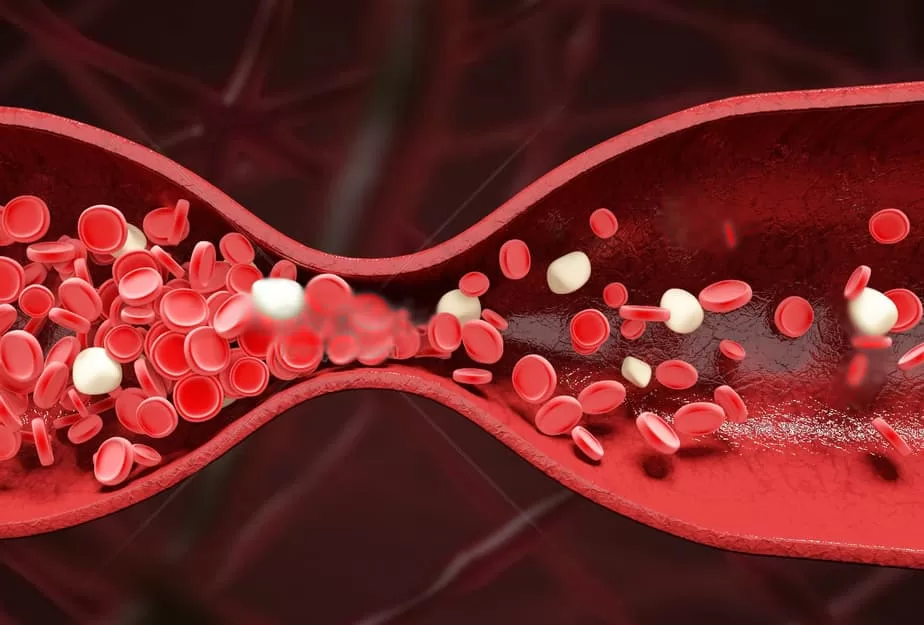
what is the Cause of the low number of white blood cells?
There are special conditions that may lead to a decrease in the number of white blood cells including:
- Severe infections
- Bone marrow damage or disorders, including aplastic anemia, “takeover” of the bone marrow by leukemia or metastatic cancer, or damage to the bone marrow caused by drugs or chemicals
- Autoimmune diseases such as lupus
- Splenic “sequestration,” where white blood cells accumulate in the spleen.
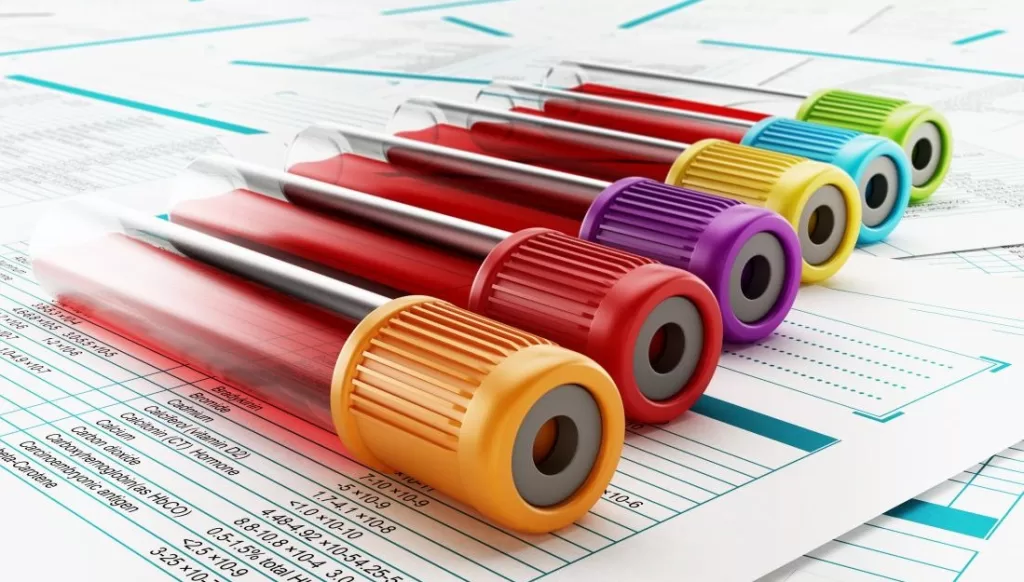
Chemotherapy, the most common cause of loss of white blood cells
In the description of the types of white blood cells, it was investigated that neutrophils are the first responders to our immune system.
A decrease in neutrophils during chemotherapy, known as chemotherapy-induced neutropenia, which increases the risk of serious infection.
Neutropenia makes it harder for the body to fight infections. As a result, bacteria that are usually not very harmful can cause serious blood diseases.
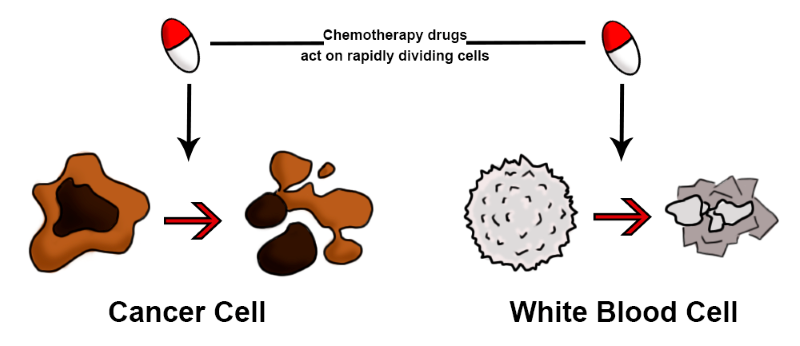
How is a low white blood cell count diagnosed?
There is no symptom of A low white blood cell count by itself. But due to the lack of white blood cells to fight the invader low numbers often lead to infection because there aren’t enough. However, some symptoms of infection may include the following:
- Fever
- Cough
- Frequent or painful urination
- Blood in the stool
- diarrhea
- Redness, swelling, or warmth in the infected area
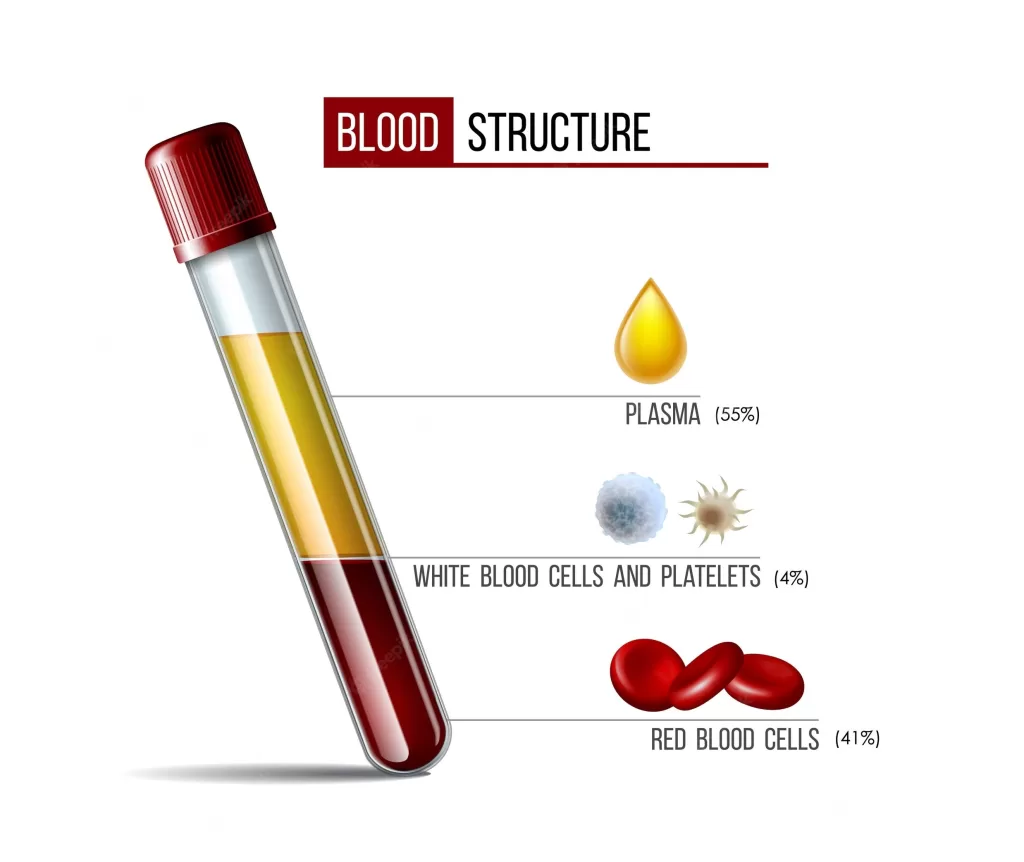
Why is a white blood cell (WBC) test requested?
- To help determine the cause of abnormal white blood cell (WBC) count results. To help diagnose or monitor a disease that affects your immune system, such as an infection or inflammatory condition, or cancers that affect your white blood cells, such as leukemia. or lymphoma
- To monitor the treatment process in people with leukemia or other conditions affecting white blood cells (WBC).
When is a white blood cell (WBC) test required?
. When you have a complete blood count (CBC) as part of a routine health checkup.
. When the results of a CBC fall outside the reference range
- When you have signs and symptoms associated with a condition that affects white blood cells, such as infection, inflammation, or cancer. When you are receiving treatment that is known to affect WBCs, such as chemotherapy
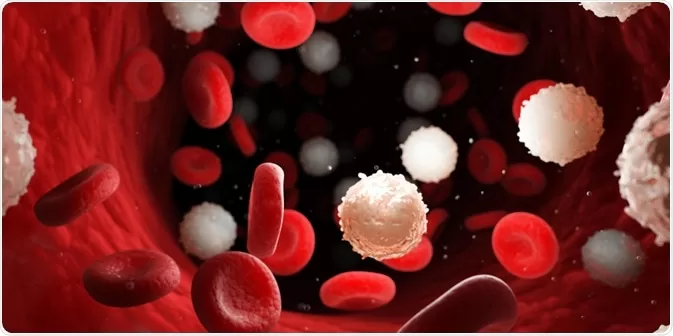
The name of the white blood cell test and its method
Manual microscopic examination of cells
How it is done?
White blood cell count (WBC) can be done manually with specially designed slides (Nebauer) or automatic counters. The latter is widely used and offers the advantage of higher accuracy and speed over manual techniques.
For differential counting and determining the percentage of white blood cells, a drop of blood is spread thinly on a glass slide, dried in air, and stained with Romanofsky dye, which is usually the Wright-Giemsa method. Then 200 cells are counted and classified. Machines have been developed to perform automatic differential counts, but they still need to be improved to manual techniques regarding reliability and the ability to detect morphological abnormalities.
What is examined in this white blood cell (WBC) test?
White blood cells (WBC), called leukocytes, circulate in the blood and lymphatic system and help protect the body against infections. They are an essential part of the immune system and play a role in inflammation, allergies, and protection against cancer.

The white blood cell (WBC) count has two components. The first component is the total white blood cell (WBC) count (leukocytes in one cubic millimeter of peripheral venous blood). The other component is the differential white blood cell (WBC) count, which measures the percentage of each type of leukocyte present in the same sample.
An increase in one type of leukocyte means a decrease in another percentage. Neutrophils and lymphocytes make up 75-90% of the total leukocytes. This type of leukocyte can be easily identified by its morphology in the peripheral blood smear or with automatic counters. The total number of leukocytes It has a wide range of average values, but many diseases may cause abnormal values
A differential count may accompany or follow a complete blood count (CBC) (a test often used as a general health check or may be done in the follow-up of abnormal results on a CBC. A differential count is often performed on an automated blood analyzer. It is sometimes done manually by a trained laboratory technician who examines the blood smear under a microscope.
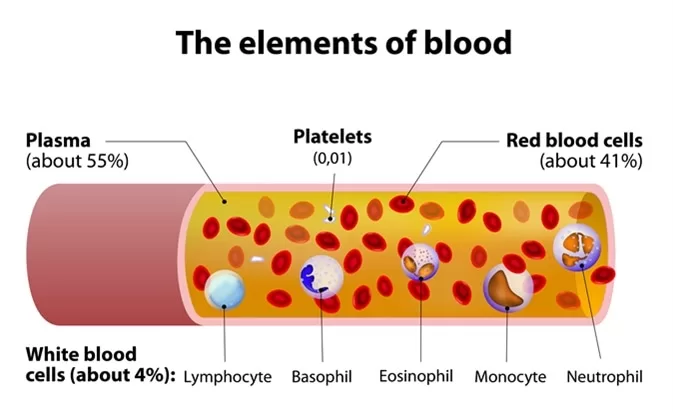
An increase in the total WBC count (leukocytosis < WBC count 10,000) usually indicates infection, inflammation, tissue necrosis, or leukemic neoplasia. Trauma or emotional or physical stress may increase the WBC count. In some infections, especially sepsis, the WBC count may be very high and reach levels associated with leukemia, a leukemoid reaction that resolves quickly with successful infection treatment.
A decrease in the total WBC count (leaking, 4000 WBC count) occurs in many forms of bone marrow failure, for example, following antineoplastic chemotherapy or radiation therapy, brain injection diseases, severe infections, nutritional disorders, and autoimmune diseases).
The primary function of white blood cells (WBC) is to prevent infection and react against external bodies or tissues.
A differential white blood cell (WBC) count identifies and classifies the number of each type of white blood cell (WBC) in your blood sample.
There are five main types of white blood cells, each of which has different functions. A differential count shows that:
- Different types of white blood cells (WBC) exist in average proportion to each other
- The number of different types of normal cells is increased or decreased
- White blood cells (WBC) are abnormal and immature
This information helps diagnose specific diseases affecting the immune system and bone marrow.
All white blood cells (WBC) are created from the same pluripotent stem cells in the bone marrow. However, beyond this origin, each cell line differentiates separately. Then most of the mature WBCs are released into circulation.
White blood cells are divided into granulocytes and non-granulocytes. Granulocytes include neutrophils, basophils, and eosinophils. Due to their multilobed nuclei, neutrophils are sometimes known as polymorphonuclear leukocytes (PMS). The normal range for absolute counts depends on age, sex, and ethnicity.

Conclusion
In the end, as a reminder, we must repeat that white blood cells are an army inside the body, protecting it from all possible dangers. Therefore, by knowing how they are formed and their exact number, as well as the symptoms of white blood cell deficiency, we can properly protect our health.
References:
Share in :
Explore more


Sitting A Long Time And Being Overweight- Drhealthandbeauty

